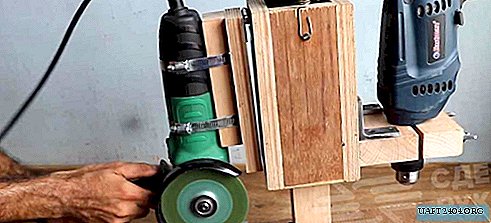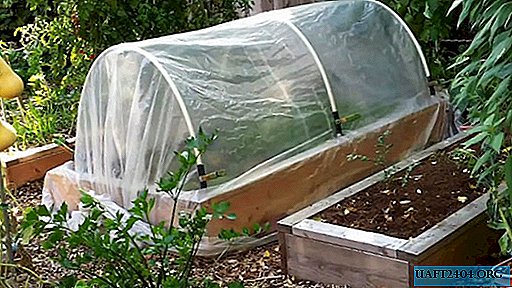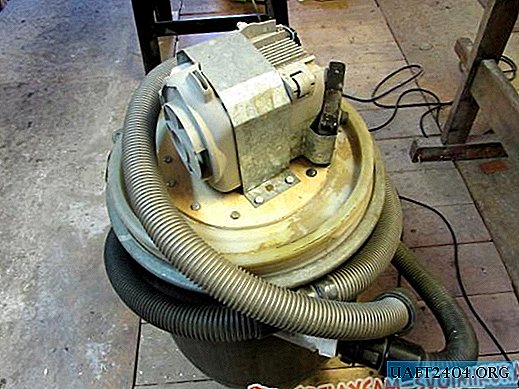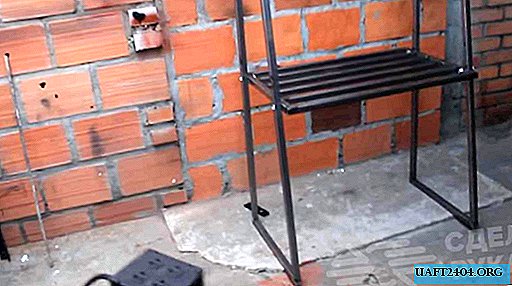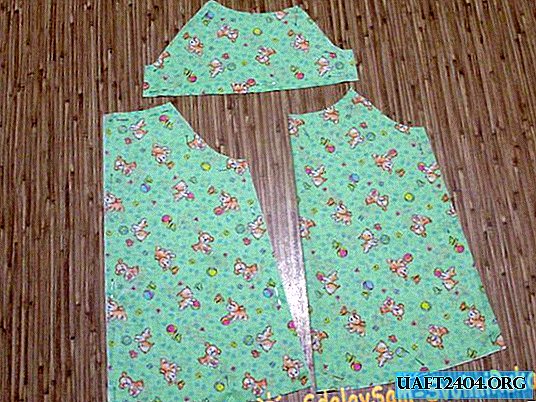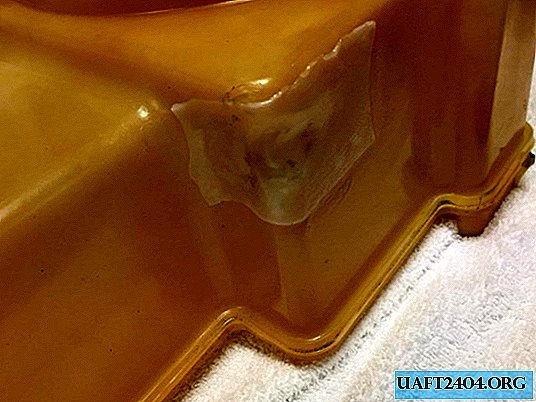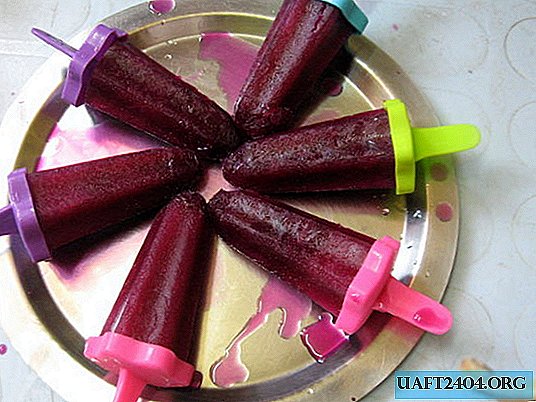Share
Pin
Tweet
Send
Share
Send
Materials for work:
- Cardboard box with a lid - 1 pc.;
- Napkins with a pattern - 5 pcs.;
- Printout of a picture with a rooster and a congratulatory inscription, PVA glue, brush, white gouache, curly scissors, PF varnish.
Work Stages
The first stage: we adjust the basis.
Degrease the box on all sides with an alcohol-containing solution.
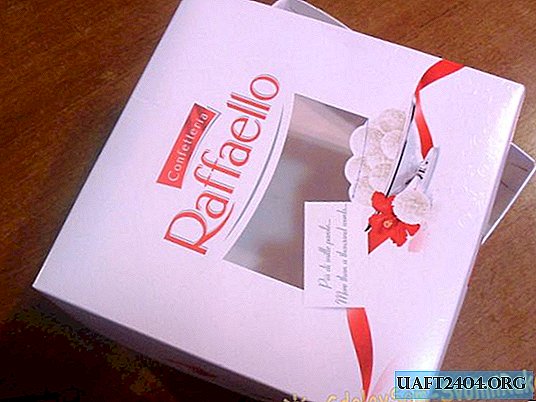
White gouache paint over colored elements. Dry (you can, to speed up the process, on the battery).

Second stage: decorate the base.
Turn the wipes face down and spray with water (preferably from a spray bottle).
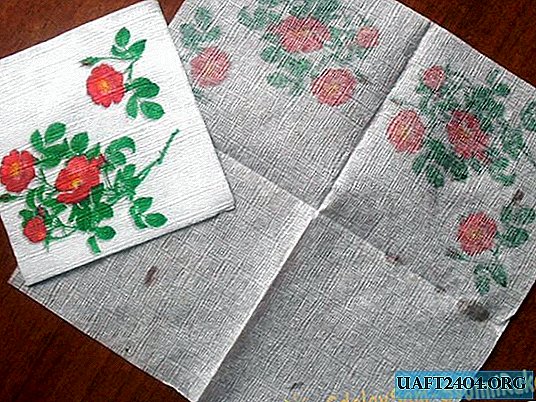
Gently place a wet towel on the box (after turning the drawing upside down). If the hand is "not full", you can spread the file, lay the napkin down on it, wet it, transfer the napkin to the box simply by turning the file over.

With a soft brush, abundantly moistened with PVA glue, smooth out only flowers (displacing all wrinkles and squeezing out air bubbles). On the other (white) part of the napkin, on the contrary, we form folds, randomly, as they lie under the brush. We squeeze out air bubbles!

This MK used a regular-sized napkin, so it wasn’t enough on the entire surface of the lid (napkins for decoupage were larger and they would cover the entire decorated surface). Cut off a piece of the plain part of the napkin.

We apply a pre-moistened strip of napkin to the box, cover it with a layer of PVA glue, making folds.

We bend the edges with a brush inward, gently smoothing the surface (there should be no large or convex folds, otherwise the lid will not close or begin to tear when used).

We cut a napkin from the surface of the oilcloth window (after drying it, because the wet one will not be cut off, but will tear).

The bottom of the box is carefully disassembled, straightened. On the central part we put the moistened napkin and straighten it with a brush moistened in PVA (we smooth the flowers, put the plain part of the napkin into folds). We dry it a little on the battery (not until it completely dries, but so that the fingers do not stick to the picture when decorating the back).

The back of the box is also covered with a napkin, we cut off the excess corners. We fold the box right away, while the napkin on the outside is still completely damp (if it dries, it will tear at the fold when folding). We bend the edges of the napkin with a brush moistened in PVA inside.

It turns out such a beauty.

The third stage: we glue printouts.
We cut the rooster pattern, removing clear boundaries.

Congratulations on both sides are cut with curly scissors.

Glue the prints with a PVA pencil. Smooth.

The fourth stage: apply tinting.
Eyeshadow concealing edge sections of a rooster, the inscription. Apply shadows to the folds (without pressing so that the box is not tinted).


We cover all sides and edges of both parts of the box with shadows, carefully rubbing them into the surface. On the bottom of the box folds are also tinted.



Fifth stage: varnishing.
We apply several layers of PF glue on the entire surface of both parts of the box (it instantly dries, covers the paper well, does not give a yellow tint, and does not make the surface wooden).


We dry the resulting beauty, let the smell of varnish disappear, fill and give! Happy New Year!
Share
Pin
Tweet
Send
Share
Send


